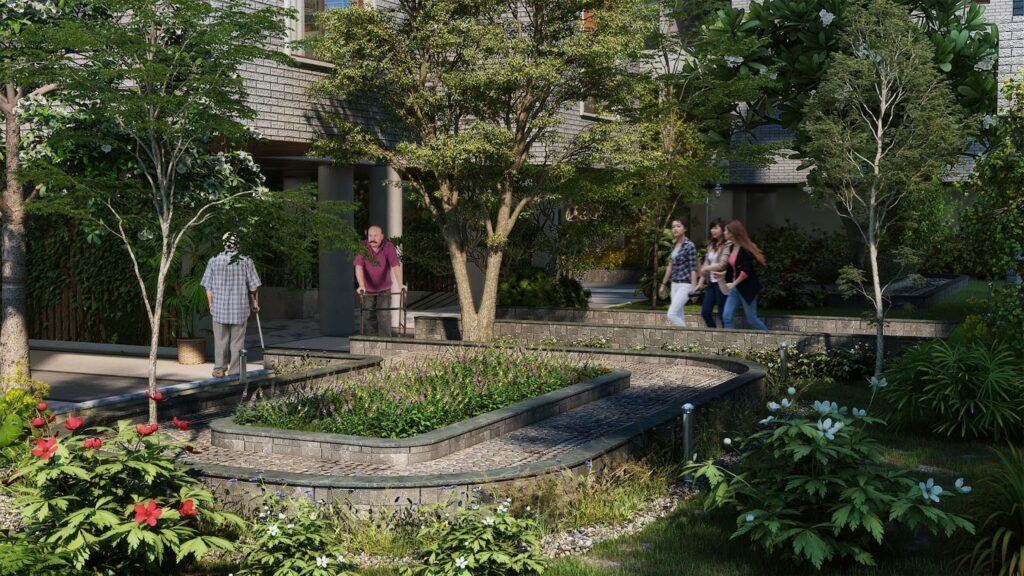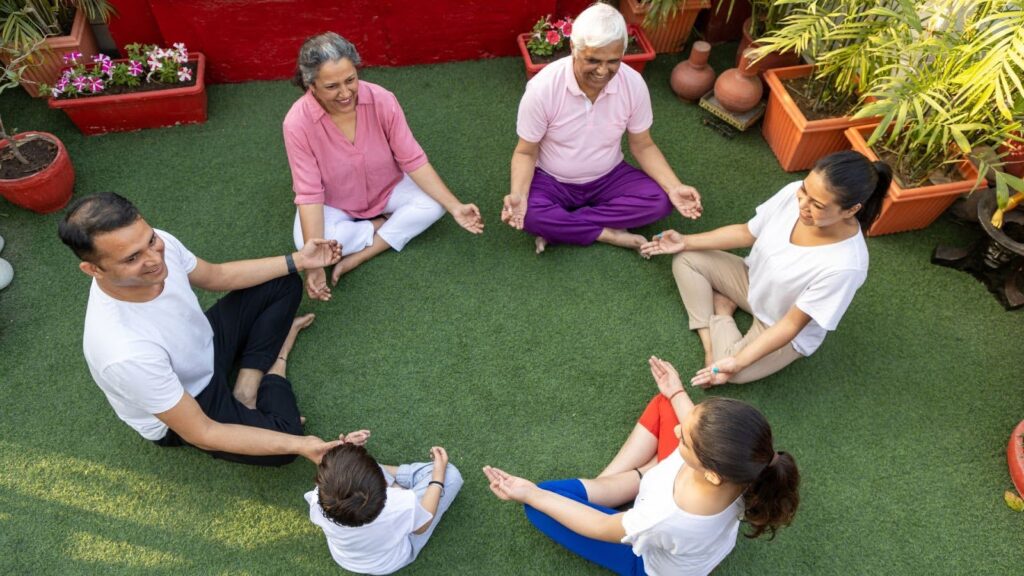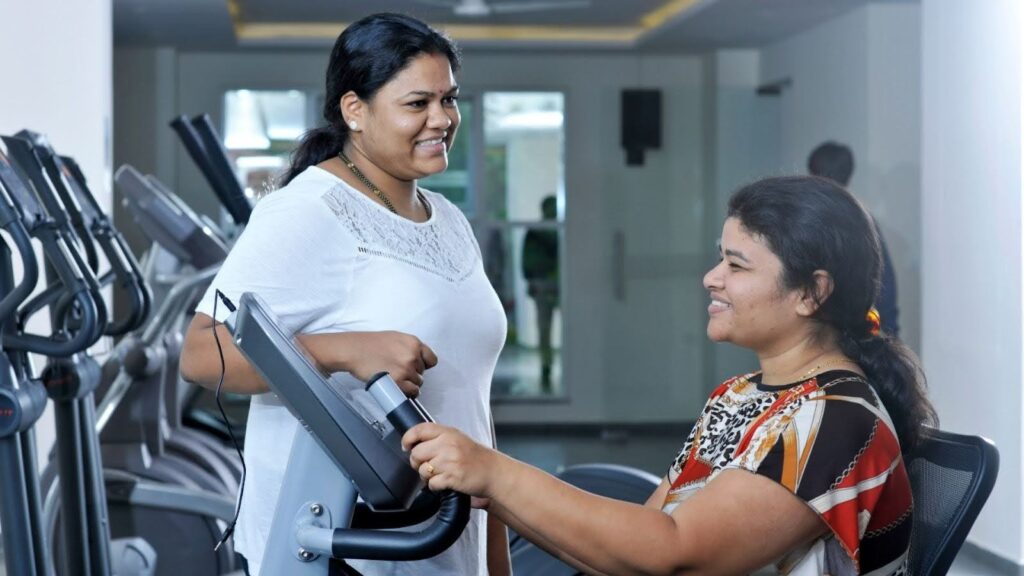In today’s world, stress can feel overwhelming. Here, we explore three key aspects of community living that offer a unique environment where residents can engage in activities and build connections that promote a healthy, balanced lifestyle to help reduce stress levels.

1. Community Living Helps You to Build Strong Social Connections Leading to Stress Relief
Meaningful relationships with neighbors are key to emotional support and overall well-being. Strong social connections help alleviate stress. Here’s how you can build these connections:
- Initiating Conversations: Start by greeting your neighbors and engaging in small talk. Simple gestures like a friendly hello can lead to deeper connections over time.
- Joining Community Activities: Participate in events, festivals, get-togethers, and other activities organized by the community. This provides a natural setting for meeting new people and forming friendships.
- Utilizing Communal Spaces: Spend time in communal areas like parks, lounges, or cafes within the community. These spaces are designed to encourage social interactions and foster a sense of togetherness.
Anusha, a Nandi resident, advises, “Don’t hesitate to introduce yourself to new neighbors. Everyone appreciates a friendly face.”

2. Community Group Physical Activities act as a Powerful Tool to Manage Stress
Regular exercise is a powerful tool for managing stress and living a healthy life. Group fitness activities like meditation or aerobics classes are motivating and help build camaraderie among residents.
- Utilizing Community Amenities: Gyms, fitness centers, walking paths, and swimming pools help keep you active and provide opportunities to interact with like-minded people.
- Organizing Group Fitness Activities: Activities like morning jogs, cycling clubs, or aerobics classes can build social connections and motivate you to stay fit.
Nethra, a Nandi resident, shares, “Joining the community yoga classes has been a game-changer for me. I feel more relaxed and connected with my neighbors.”
The Broader Impact of Inclusive Design
The benefits of inclusive design extend far beyond individual convenience. By creating environments that accommodate diverse needs, we promote social interaction, reduce isolation, and enhance the overall quality of life for residents. Inclusive design fosters a sense of belonging and community, as everyone feels welcome and supported. Additionally, these design principles can improve the value of real estate developments, as they cater to a broader audience.
Incorporating inclusive design in real estate projects sets a benchmark for future developments. It inspires others to prioritize accessibility and inclusivity, ultimately leading to more thoughtful and compassionate urban environments.

3. Community Living Helps You Engage in Activities that Lead to Stress Relief
Community events and activities play a significant role in promoting mental well-being. Participating in these activities not only helps reduce stress but also fosters a sense of belonging and community spirit.
- Hobby Clubs for Creative Expression: Engaging in hobbies like gardening, painting, cooking, or reading within a community setting allows residents to pursue their interests while connecting with like-minded individuals.
- Charity Events: Organizing and participating in charity events provide a sense of purpose and fulfillment. Activities like charity runs, bake sales, or donation drives support worthy causes and bring the community together, creating a supportive network that alleviates stress through meaningful engagement and social interaction.
Venkatesh shares, “The hobby clubs have helped me rediscover my passion for painting and meet wonderful people who share the same interest.”

Community living offers a supportive environment that promotes stress relief and mental well-being. By building social connections, participating in community activities, and staying physically active, you can lead a more balanced and tranquil life. Embrace these opportunities to find your calm and improve your overall quality of life.


